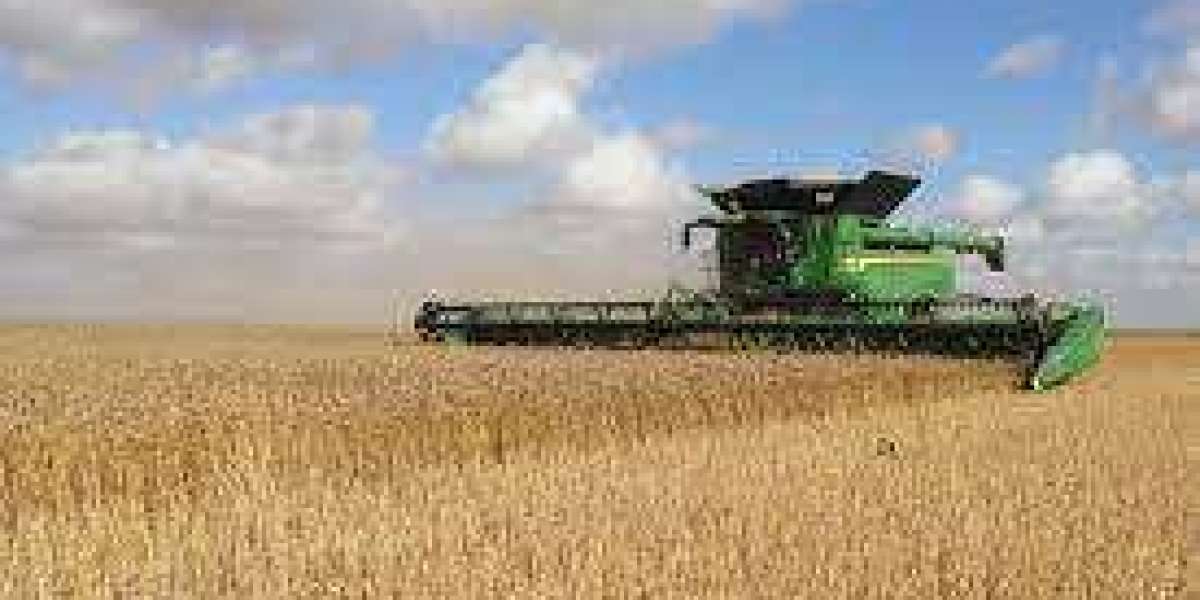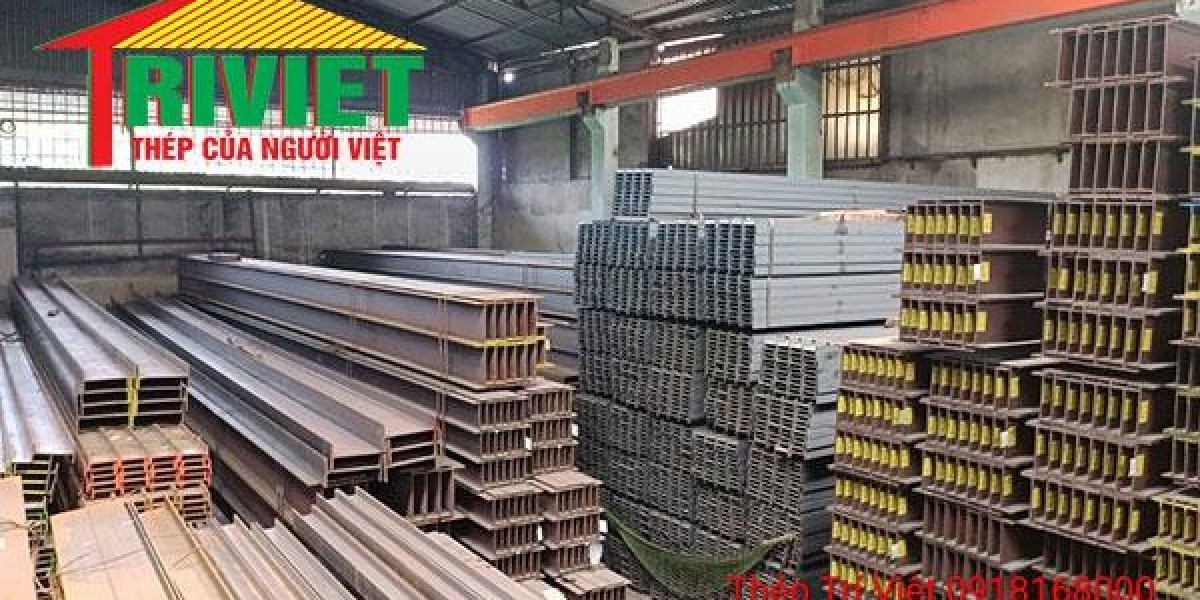Farm harvesters have revolutionized the way we harvest crops, making the process much faster and more efficient. These machines have been around for decades, but they continue to evolve and improve with advances in technology. If you're in the farming industry, it's important to understand the different types offarm harvestersavailable and how they can benefit your operation. In this article, we'll provide a comprehensive guide to farm harvesters, covering everything from their history to the latest models on the market.
History of Farm Harvesters:
The first farm harvesters were developed in the 1800s, with the goal of making the harvesting process faster and more efficient. These early machines were pulled by horses and used a system of blades and conveyors to cut and collect crops. Over time, steam-powered harvesters were developed, followed by gasoline-powered models. In the 1950s, combine harvesters were introduced, which combined several harvesting processes into one machine, making the process even faster and more efficient.
Types of Farm Harvesters:
Today, there are several types of farm harvesters available, each designed for specific crops and farming operations. Some of the most common types of farm harvesters include:
1. Combine Harvesters:As mentioned,combine harvestersare one of the most common types of farm harvesters. They are designed to cut, thresh, and clean grain crops in one pass. They are available in a range of sizes, from small models designed for small-scale farming operations to large, self-propelled models for commercial operations.
2. Forage Harvesters:Forage harvestersare designed to harvest crops such as corn, grass, and alfalfa for livestock feed. They chop the crops into small pieces, making them easier for animals to digest.
3. Cotton Harvesters:Cotton harvesters are designed to harvest cotton, which is a delicate crop that requires specialized equipment. Cotton harvesters use spindles to remove the cotton from the plants without damaging the fibers.
4. Potato Harvesters: Potato harvesters are designed to dig up potatoes from the ground and separate them from the soil. They can be self-propelled or pulled behind a tractor.
5. Grape Harvesters:Grape harvesters are designed to harvest grapes from vineyards. They use a system of shaking and vacuuming to remove the grapes from the vines.
Benefits of Farm Harvesters:
Farm harvesters offer several benefits to farmers, including:
1. Increased Efficiency:Harvesting crops by hand is a time-consuming process. Farm harvesters allow farmers to harvest crops much faster, increasing efficiency and productivity.
2. Reduced Labor Costs:Harvesting crops by hand requires a lot of labor, which can be expensive. Farm harvesters reduce the need for manual labor, which can save farmers money.
3. Improved Crop Quality:Farm harvesters are designed to harvest crops in a way that minimizes damage and maximizes quality. This can lead to higher yields and better-quality crops.
4. Increased Safety:Farm harvesters are designed to be safe and easy to operate, reducing the risk of injury to farmers and workers.
Conclusion
Farm harvestershave come a long way since their inception in the 1800s. They have revolutionized the farming industry, making the harvesting process faster, more efficient, and safer. With advancements in technology, the latest farm harvesters are designed to be even more efficient and user-friendly.







